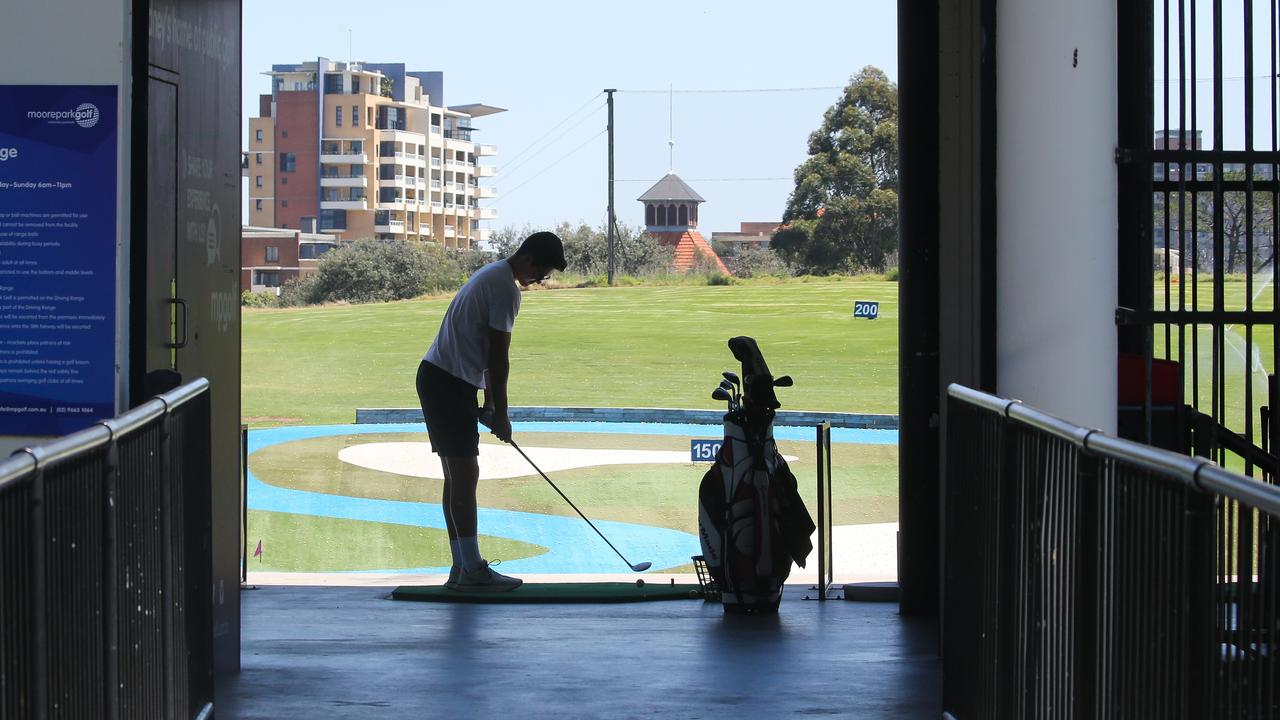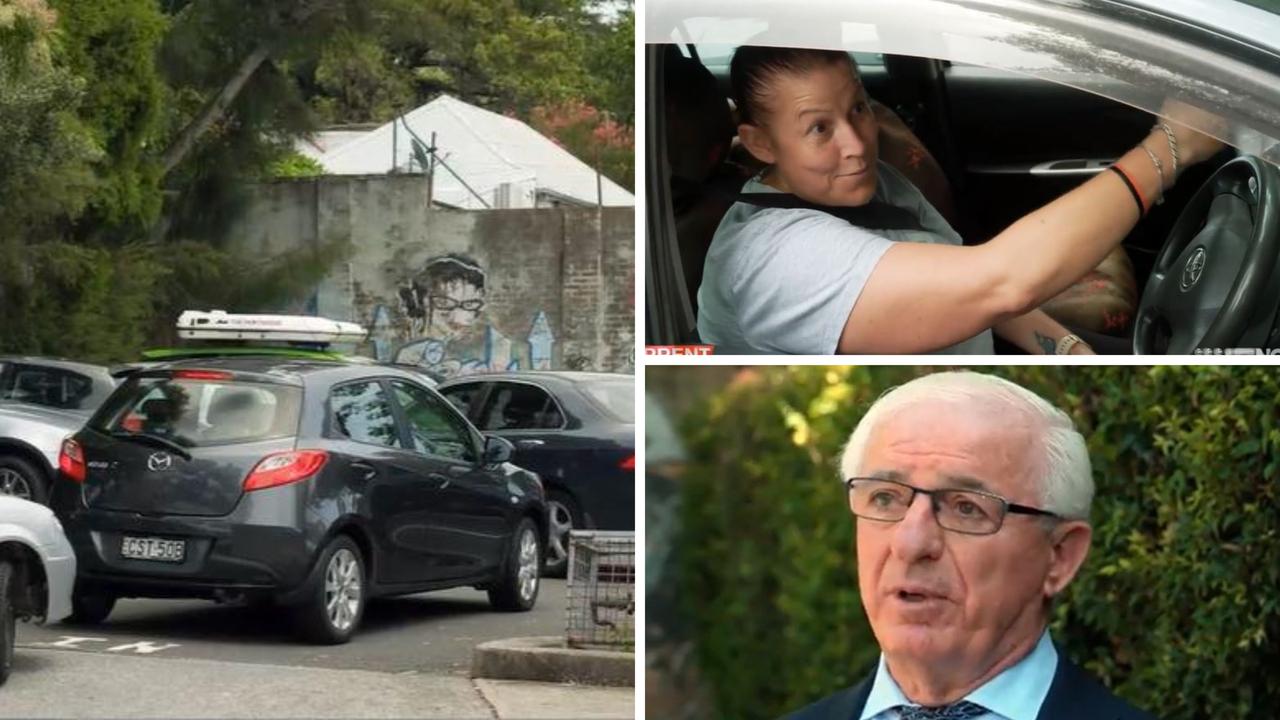NSW Government document reveals Sydney’s new trams were supposed to be much faster
It’s the biggest criticism of Sydney’s new $3 billion tram network, and now a government document reveals a pledge to commuters that may never be kept.
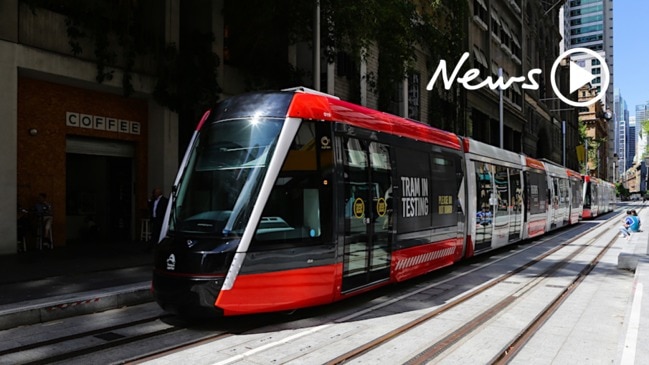
A government document produced during the planning stages of Sydney’s new $2.9 billion light rail network shows the trams were supposed to travel much faster than the speeds they have achieved since the new network opened last weekend.
The report will be an embarrassment to the NSW Government that is struggling to explain to commuters why the expensive new trams can take 15 minutes longer to reach their destination than the buses they are designed to replace.
People have been overheard on the tram saying “walking is definitely quicker”.
However, transport bosses have rejected the document’s pledge and have said its timings it “predated final planning” approvals. Work was underway on reducing travel times, the body insisted.
The Transport Minister has said it was “nonsense” to compare tram times with buses.
RELATED: Passengers are shunning Sydney’s new light rail. Here’s what can be done about that
RELATED: Sydney light rail passes peak-hour test
On Saturday, the L2 Randwick line opened, the first new trams in Sydney since the opening of the L1 Dulwich Hill line in 2014.
The Government said 160,000 people took advantage of a free weekend of tram travel. However, on Monday, when the weekly commute began, there were far fewer people jumping on-board. At peak hours, some trams have had few people on them. Transport for NSW (TfNSW) has insisted the launch was a success. The government body said 44,000 trips were made on Monday.
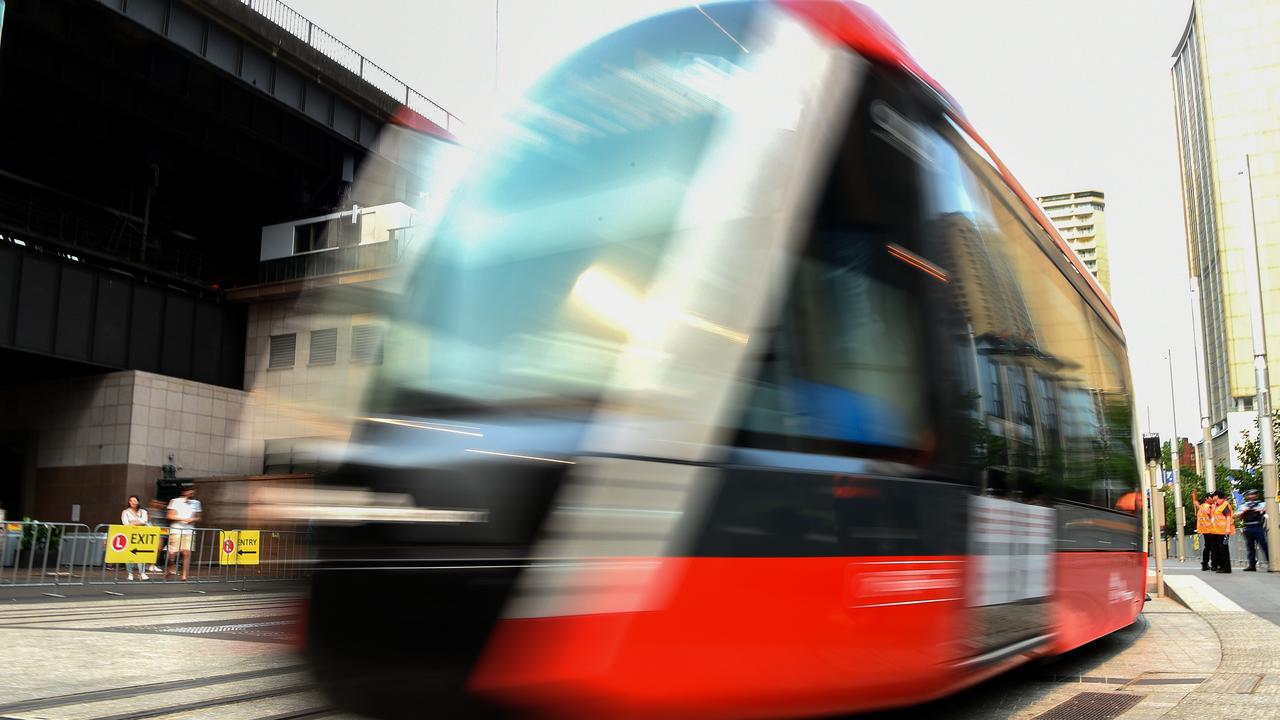
Much of the criticism has been put down to unexpectedly long journey times. A trip through the CBD can take around 25 minutes. Some end-to-end journeys between the city have been taking 50-58 minutes compared with around 35 minutes on the bus.
NSW Transport Minister Andrew Constance has said the Government will “try and get as close to 40 minutes as we can”. But even that is still much slower that what was originally promised.
Light rail just rolled out in Sydney and it's a huge disappointment. Takes 50 minutes from Randwick to Circular Quay. You can get from the CBD Penrith in that time by train.
— Nick Cross (@NW_Cross) December 18, 2019
Third day using #sydneylightrail and I'm undecided. It's clean, quiet, air-conditioned and empty but just incredibly slow. My 4km journey takes 45 mins.
— Jess Erhart (@JErhart) December 17, 2019
After the #sydneylightrail fiasco on Saturday I have to say it is getting better. Central to Randwick last night took 21 mins. The return trip this morning was 19 mins. I have a limited sample size but speed seems to be quite dependent on driver. I think it will get a bit better.
— Ollie Jay (@ollie_jay13) December 16, 2019
A document from 2012 entitled “Sydney’s Light Rail Future” that spruiked the benefits of ditching buses for trams made no mention of journey times approaching an hour.
In a section called “key facts” it stated journey times from Circular Quay to Central would take 15 minutes and then a further 20 minutes to Randwick and 24 minutes to Kingsford.
Combined, this would give an end-to-end journey time of 35 minutes between the city and Randwick and 39 minutes to Kingsford.
That’s not dissimilar to the quickest current bus to the city which, with a walk to Circular Quay, can take a little more than 30 minutes.
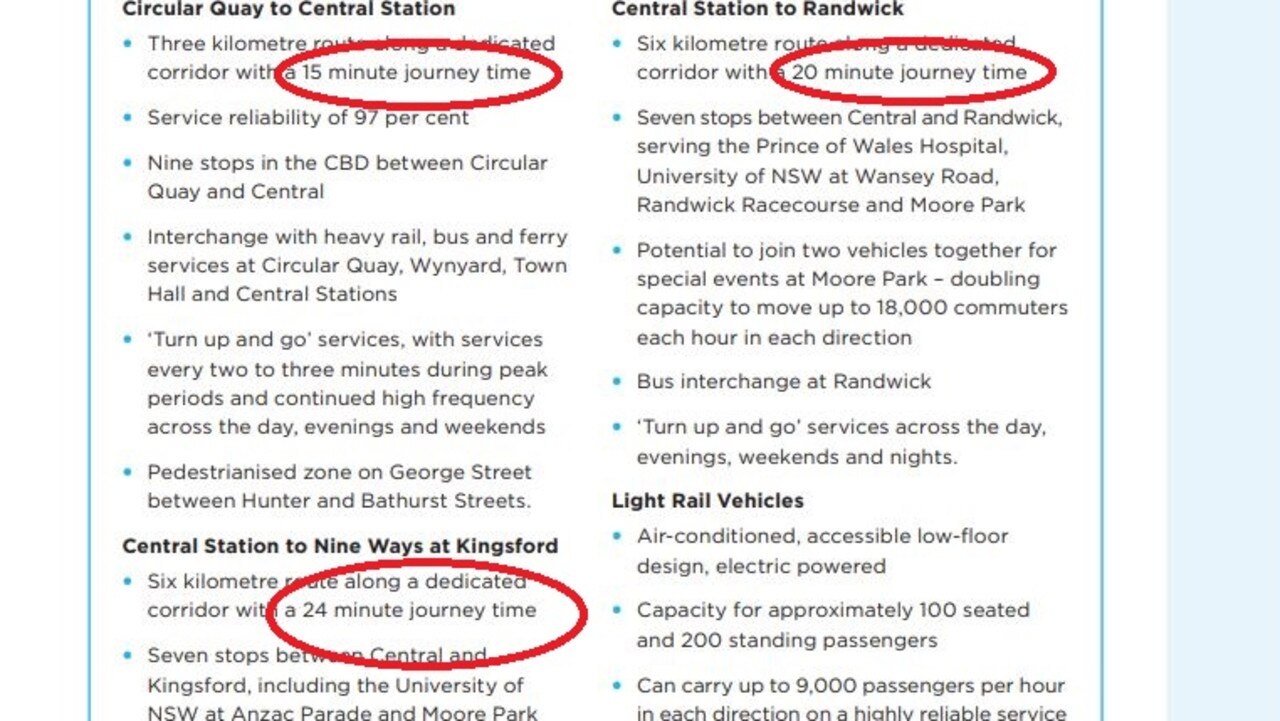
In the run-up to the network’s opening, TfNSW had been quiet on what the expected journey times would be. It was only days before the trams started taking passengers that the government body confirmed 50 minutes was the likely time for a complete trip.
TfNSW said the go-slow was because it was “prioritising the safety of customers and the community” on sections shared with pedestrians.
But commuters have complained the light rail lethargy stretches further, with jams as trams get stuck behind red lights and long wait times at stops.
Labor has urged the Government to suspend a plan to cuts bus routes in the city’s southeast next year due to the extended trip time.
“The people of southeast Sydney deserve access to fast and efficient public transport, and at the moment the light rail isn’t their best option,” Opposition transport spokesman Chris Minns said earlier this week.
“Why should people catch the light rail when existing bus services will get them to the city in almost half the time?”
A TfNSW spokesman told news.com.au the trams had replaced a “conga line of buses travelling at very low speed during peak hours” on George St.
“A number of documents were produced as part of strategic planning for Sydney’s transport network including the 2012 Sydney’s Light Rail Future which predates final planning approvals and contract signing.”
He added there had been 300,000 L2 line light rail journeys “which is expected for this time of year” and that number was expected to rise
“We’ve been upfront about journey times and that it will take some time to bed in services while customers familiarise themselves with the new network and until the L3 Kingsford line is introduced in March next year, providing more capacity,” the spokesman said.
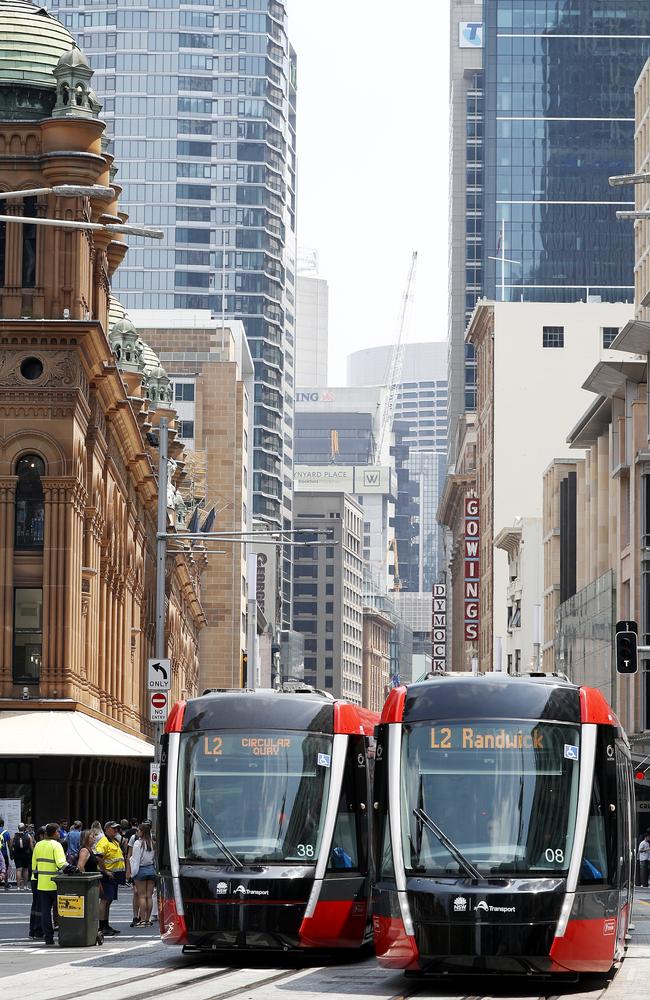
End-to-end journey times were taking 45-50 minutes, he said, and TfNSW were “continuing to tweak the network as we work towards improving the journey time towards 40 minutes”.
Several passengers have said some journeys seem to have improved.
Transport watcher Lachlan Drummond says the tram can be faster than the bus – but only in the afternoon.
In a blog post on Transport Sydney, Mr Drummond said this wasn’t because the tram was any faster in the afternoon peak. Rather, bus services were slower because they got stuck making a right-hand turn onto the busy Anzac Parade. This upped journey times, making the tram a swifter choice.
Sydney light rail. This is what you get for $3Bn. Pretty good actually, quiet, clean & comfortable. pic.twitter.com/BoZw5XiWw9
— David Evans (@DavidEvans_GGL) December 18, 2019
In the morning peak, buses only had to make an easy left turn to leave the same road.
Journey times from Randwick to stops in the southern CBD were more in line with the fastest buses, he found.
Earlier this month, Action for Public Transport’s Jim Donovan told news.com.au that the trams needed traffic light priority otherwise they would be slower than buses on the same corridors.
“I doubt the trams will get a reasonable amount of traffic light priority … so they’ve spent $3 billion for a slower, more uncomfortable journey,” he said.
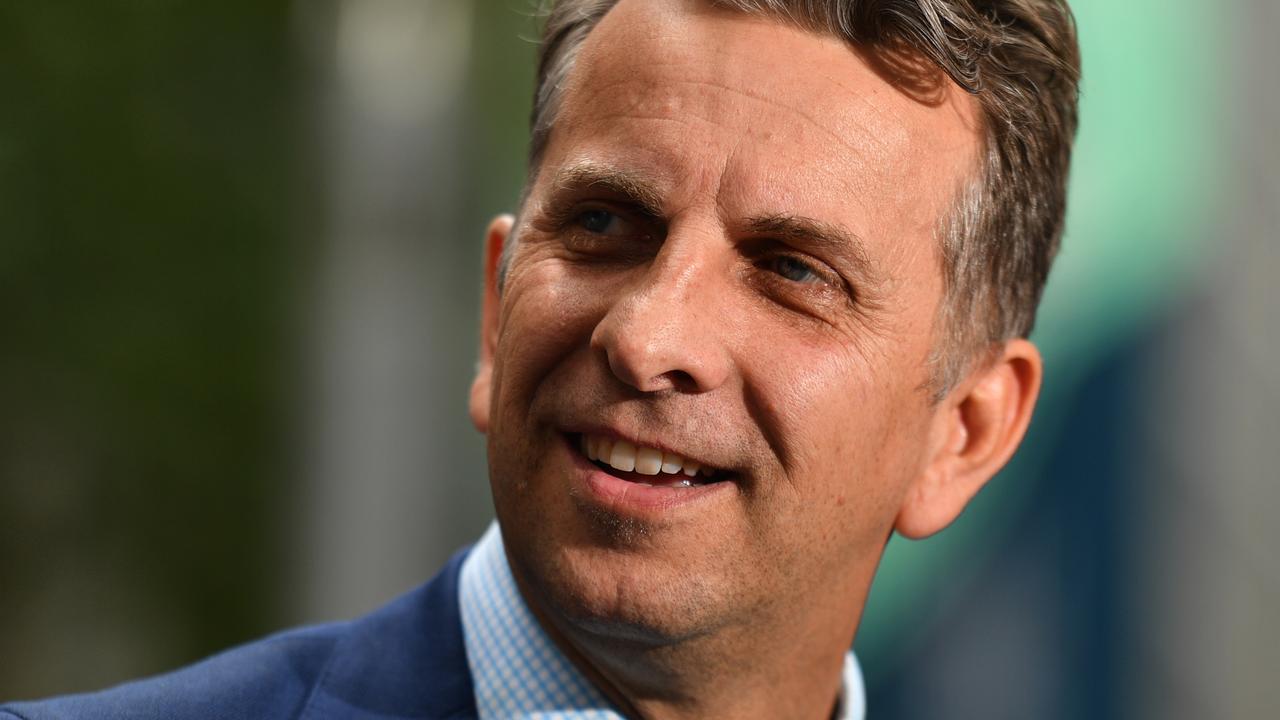
Mr Constance has pushed back against the criticism saying it was “silly” and “a little bit ridiculous”.
“We never said this was going to be the fastest mode,” he said.
Mr Constance said it was “nonsense” to compare tram times with those of express, rather than stopping, buses as these will remain even after other services are axed.
“The aim here is to try and get it as close to 40 minutes as we can. It’s a network that’s got to be bedded in, a lot of busy intersections, a busy city, and that’s what’s being worked towards,” he said.



